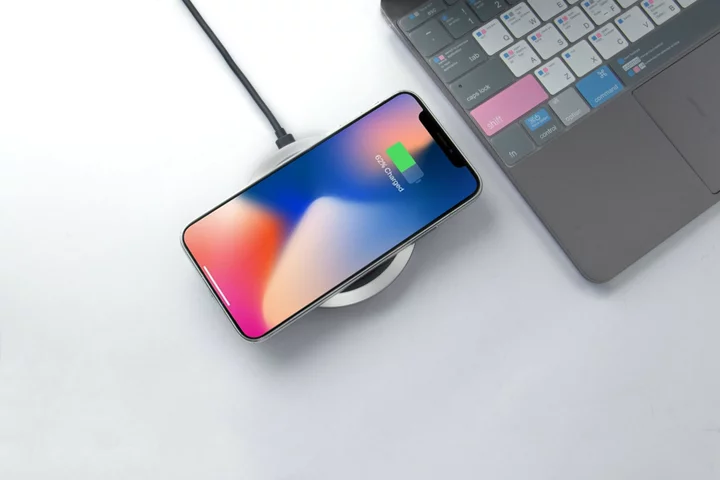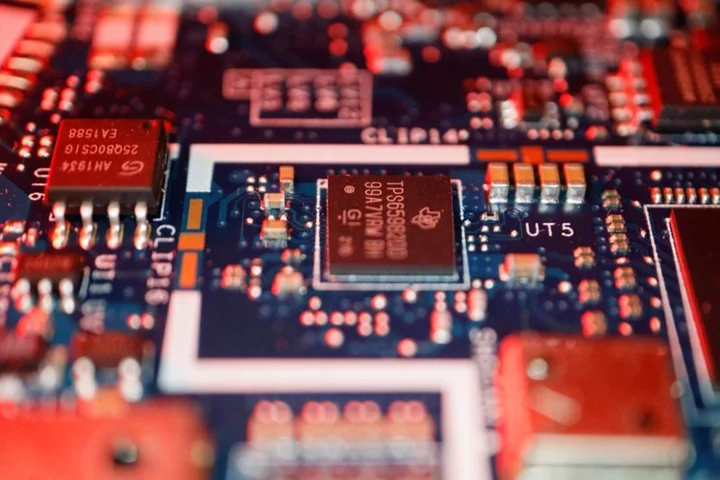In a few years' time, fumbling around with messy cords and plugging your device into the wall charger will seem archaic. Honestly, it might even seem strange now, at least in the eyes of people who've completely adopted wireless charging tech.
Wireless chargers in all their forms — wireless charging pads, wireless charging stands, and others — are getting more and more popular. After all, why would you want to mess around with cords when you can just place your devices on a pad or prop them up on a stand? Not only is it easier, but it looks a lot tidier, too.
Yes, it's time you got yourself a wireless charger. But where to start? What's the best charger for you? That's where we can help. Check out the information below.
What are the benefits of wireless charging?
Obviously, eliminating an unattractive mess of cords can help you feel a little calmer in your home or inspire more productivity in your workspace. But wireless charging benefits go beyond the neatness factor. First of all, a wireless charger is more durable than your standard charging cord. It also eliminates the need to constantly plug and unplug. Wireless chargers from reputable brands (like the ones we've recommended below) are also tested to prevent overheating and deliver the proper amount of wattage to charge your particular phone as fast as possible, so they can be safer in that regard.
Which devices work with wireless chargers?
Most wireless chargers have universal compatibility (often referred to as a Qi-compatible device or “Qi-certified”) for iPhone and Android smartphones. This means that everyone in your household should be able to use one wireless charging station for their devices as needed. Plus, when you have guests over and they need to power up, you can just direct them to the nearest wireless charger.
Many wireless charging pads are also able to charge earbuds and Airpods. Smartwatches like the Apple Watch and Samsung Galaxy Watch can be charged wirelessly as well, but the wireless charger will often need to include a special holder to hang the watch for a proper charge. If you use a protective or even just decorative case on your phone, you may be wondering if that will prohibit you from using a wireless charger. In most cases, you should be good, but the thinner the case, the better.
How does a wireless charger work?
In the simplest terms, these wireless chargers house copper coils that create an oscillating magnetic field that transmits a charge to compatible devices when they get close, without needing a cord to connect them. In your search for the ideal wireless charger, you'll come across a few different styles, such as the wireless charging pad or wireless charging stand. They all essentially do the same thing, but you may prefer one over the other depending on the way you use your phone while it charges.
What is Apple MagSafe charging?
Sometimes it can be a little annoying to line up your phone on a wireless charger to get it to "catch" the charge, but not so with Apple's MagSafe wireless charging capability. These chargers are made with magnets that pull the phone perfectly into place. An Apple MagSafe charger also allows for safe, fast charging of Apple devices — a huge advantage over standard Qi-compatible chargers. The only downside is you'll need to buy a compatible MagSafe case, and you won’t be able to use standard Qi chargers when that case is on your phone.
What is the best wireless charger?
Now that you’re clued into the inner workings of this cool technology, we’ve scoured what’s out there and found the best wireless chargers for your iPhone, Android, Apple Watch, wireless earbuds, and more. So read on and start envisioning what your life can look like when you finally cut all those cords.
These are the best wireless chargers for 2023.









